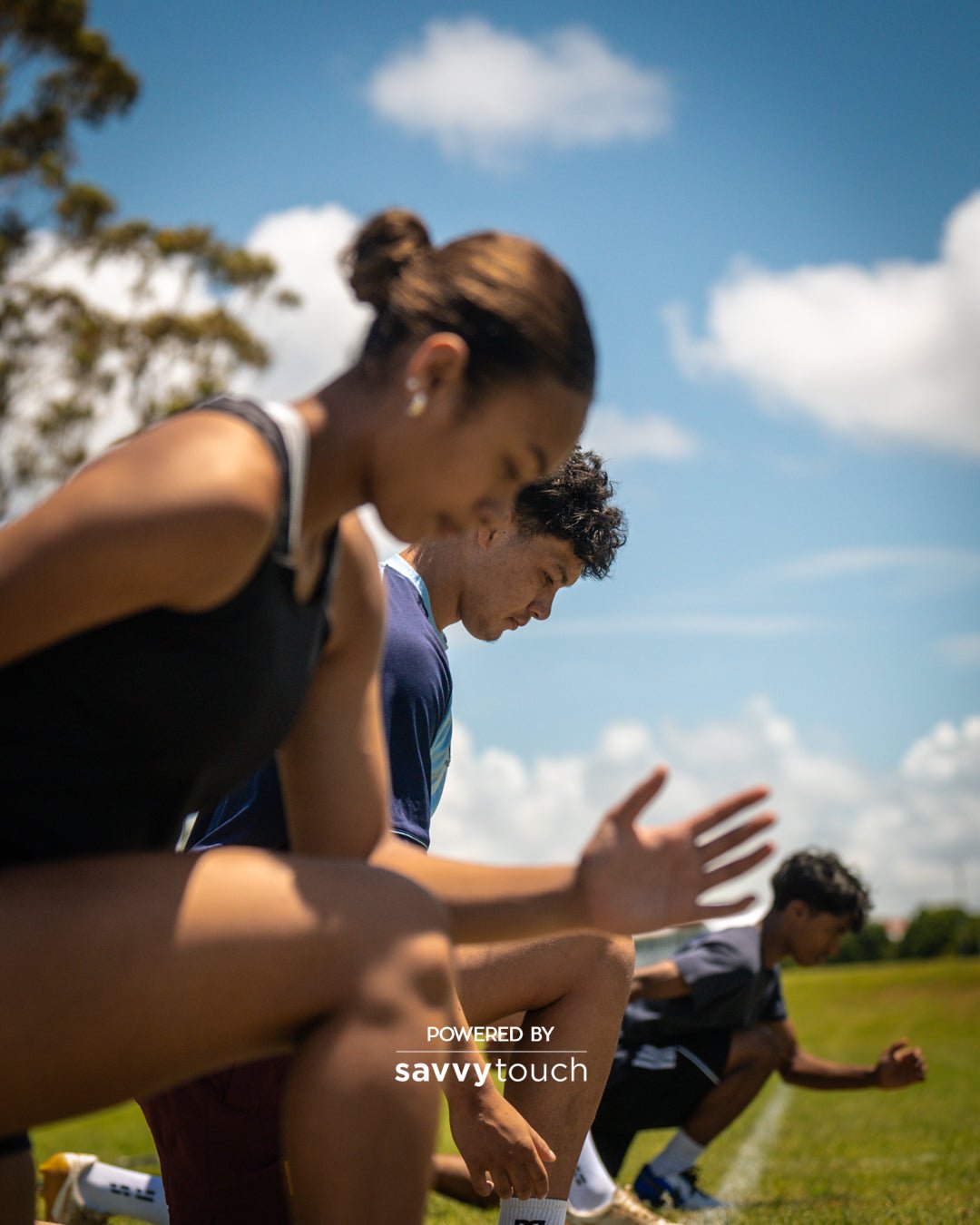
Speed Camp: College Athletes Powered By Rocket Fuel
Share
The foundational elements of track and field—speed, jumping, and throwing—serve as the building blocks for a myriad of athletic activities. This intrinsic connection has positioned professionals in track and field at the forefront of sports performance, a fact underscored by the profound carryover effect these disciplines offer.
In New Zealand, athletes often exhibit technical and tactical prowess; however, a crucial aspect is sometimes overlooked by coaches—the fundamentals. Educating athletes on proper movement techniques, shapes, and positions is paramount. Before breaking the rules, athletes must first understand them. Without a solid foundation of knowledge, targeting efficient movement solutions becomes a daunting task for individuals.
Enter James Mortimer, New Zealand's premier sprint coach. The opportunity to work with Mortimer is deemed invaluable by athletes seeking to elevate their performance. Day one of Mortimer's training regimen focuses on acceleration with max velocity the focus on day two. Each session emphasises the importance of quality over quantity in each repetition.
Acceleration, a key component, breaks down into three fundamental concepts: projection, rhythm, and rise.
Projection involves the total body angle at initial push-off, emphasising the idea of projecting the center of mass through space. The goal is not to cut strides short but to encourage athletes to produce force, cover ground efficiently, and attain horizontal velocity during acceleration.
Rhythm correlates with the sound of each ground contact, with the gap between contacts gradually closing as velocity increases. This aspect is closely tied to projection, as maintaining the appropriate rhythm requires athletes to cover ground with initial strides while producing horizontal force.
Rise entails a steady increase in the angle of the entire body, aligning with the projection and maintaining a straight line from head to heel. The rate of rise is situationally dependent for team sport athletes, considering their need for heightened awareness due to visual inputs, often from defenders.
Maximum velocity, or top speed, represents the highest achievable sprint speed for a brief period before mechanical deceleration and fatigue set in. Mortimer shares his elite model during the event, breaking down an ideal session and implementing VALD Speed Gates for contextual data.
This world-class event, tailored for aspiring college-aged athletes in New Zealand, sets these individuals apart as pioneers among their peers. Seeking coaching at the highest level and breaking from the norm is uncommon in New Zealand, but it is essential for those daring to achieve greatness. The next speed camp is scheduled for April, catering to college athletes before Mortimer heads to the Paris Olympics with Zoe Hobbs. The journey to excellence continues.